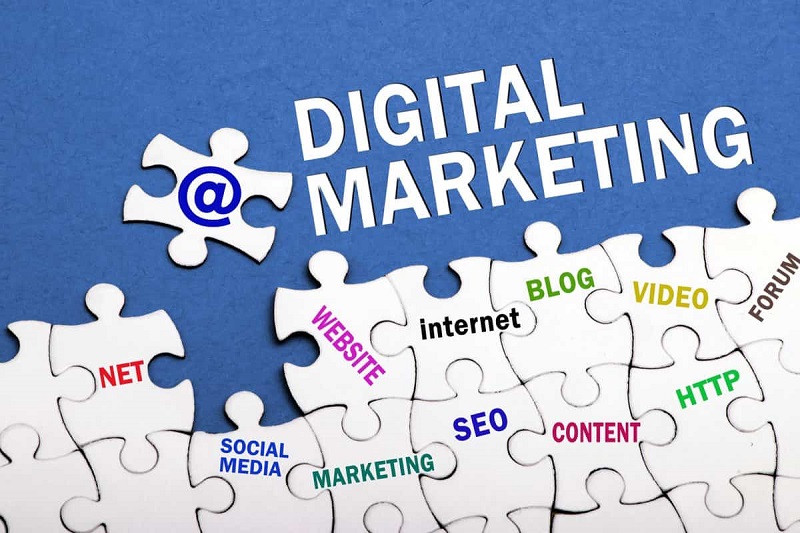Education sector has become more competitive and dynamic in recent years due to the myriads of changes in the curriculum and the diversity of audience targeted. While colleges and universities operate the institutions as corporate entities, the K-12 industry is tricky and complex. There is an underlying obligation of these institutions to not only act responsibly, but also use channels of communication as means of disseminating information rather than treating potential students as consumers.
Digital marketing tools provide an arena of potential customers where effective reach and unique frequency rates can be measured easily. These tools include social networking sites, search engines, and many other electronic means of communication.
The initial point of contact between a parent searching for K-12 institutions is through the websites. This makes the role of school site design substantial in terms of attractive layout and sufficient content to guide the potential parent or student. If the existing website of an institution is failing to achieve desired objectives, then redesigning the website becomes imminent.
There are several benefits that educational institutions can reap from an effective digital marketing strategy being implemented:
1. Digital Footprint
The fact that most of the people surf the internet to seek information before entering the tangible realms of space makes the role of websites significant. The absence of an institution from the internet would only hurt its consumer base while transferring all the potential customers to competitive brands. The phenomenon of SOPO (Search Online Purchase Offline) is undeniable which gravitates the significance of having an effective marketing campaign for a school in place.
2. Saving Costs
Traditional marketing channels have the tendency to be inflexible due to the role of media buying houses and exorbitant channel costs. On the other hand, digital marketing tools provide bespoke services in the form of personalized channel selection as well as content control. Every term, a new batch of students is targeted in terms of their geographical demarcations, demographic factors, and psychographic features. To attract parents and students simultaneously, it becomes necessary to use plans that can cover more communication channels and provide relevant content. A larger audience which is much more specific to our can be targeted by acquiring the services of a higher education marketing firm which is well-versed with the industry’s norms and conditions.
3. Creating Brand Awareness
When the target audience is present on digital platforms and social networking sites, it would be absurd to select modes of communication that alienate the youngsters. The presence of a K-12 institution must resonate with its target audience, the students and the parents. If a school plans to inform parents about its details, LinkedIn would a viable option while also ensuring that the Facebook pages are maintained and updated to grasp the attention of students. These social media tools and college websites provide an insight about conversion rates.
4. Performance Measurement
With limited budgets in place, it is imperative for schools to have a better know-how about the returns of their marketing plans. Digital marketing equips organizations with the ability to track their every consumer interaction on the college website. The overall effectiveness of a digital marketing strategy can be evaluated by the rate of conversion or attribution measure. The feedback of parents and students from these online tools can enable a K-12 institution to alter other 4P’s which encapsulate the service offering, pricing strategy, and location.
5. Versatility of Channels
The traditional channels of communication suffer from ‘noise’ and clutter which makes an expensive advertising campaign ineffective, particularly because of information overload and the reducing attention span of internet users. The school site design must be engaging, but at the same time fulfilling its ultimate purpose of guiding parents and students. With the inculcation of gamified concepts into college websites, the interfaces can be made aesthetically appealing and informative thus compelling the users to spend more time with the institute.
5. Accumulation of data
Different websites collect user data in the form of cache and cookies for improving the experience on internet. College websites can also collect data about its students and then design its value propositions accordingly. The data collected can be source of valuable feedback from students, parents, and other stakeholders which can aid in improving services.
6. Effective Communication
The inquisitive and impatient nature of humans led to the obsoleteness of postal system and now emails are also getting replaced by instant messaging and file sharing services. To address an important concern, a school needs to have an effective channel of communication that is fast and yet serves the purpose of sending a detailed message to avoid havoc. Institutions often use social networking groups, university website bulletins, and text messaging services to deliver important messages quickly. These channels encourage two-way communication and augment the space for inculcating students’ responses into decision making systems.










Leave a Reply